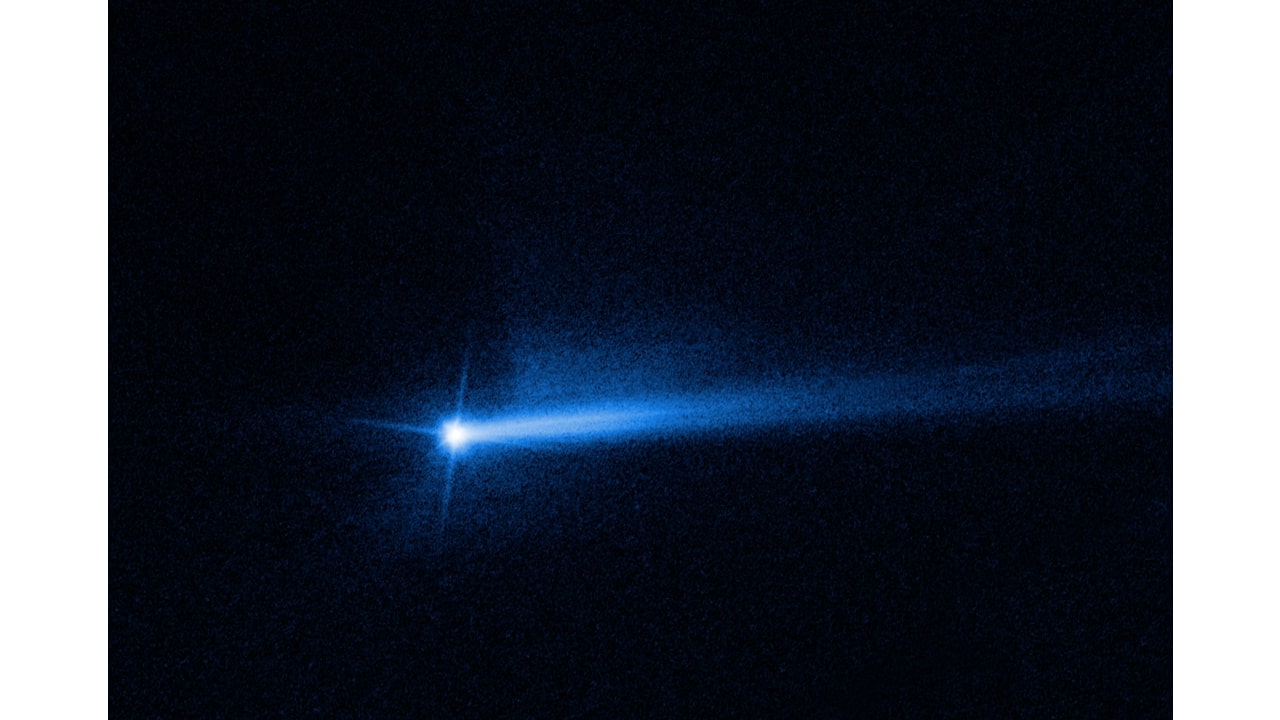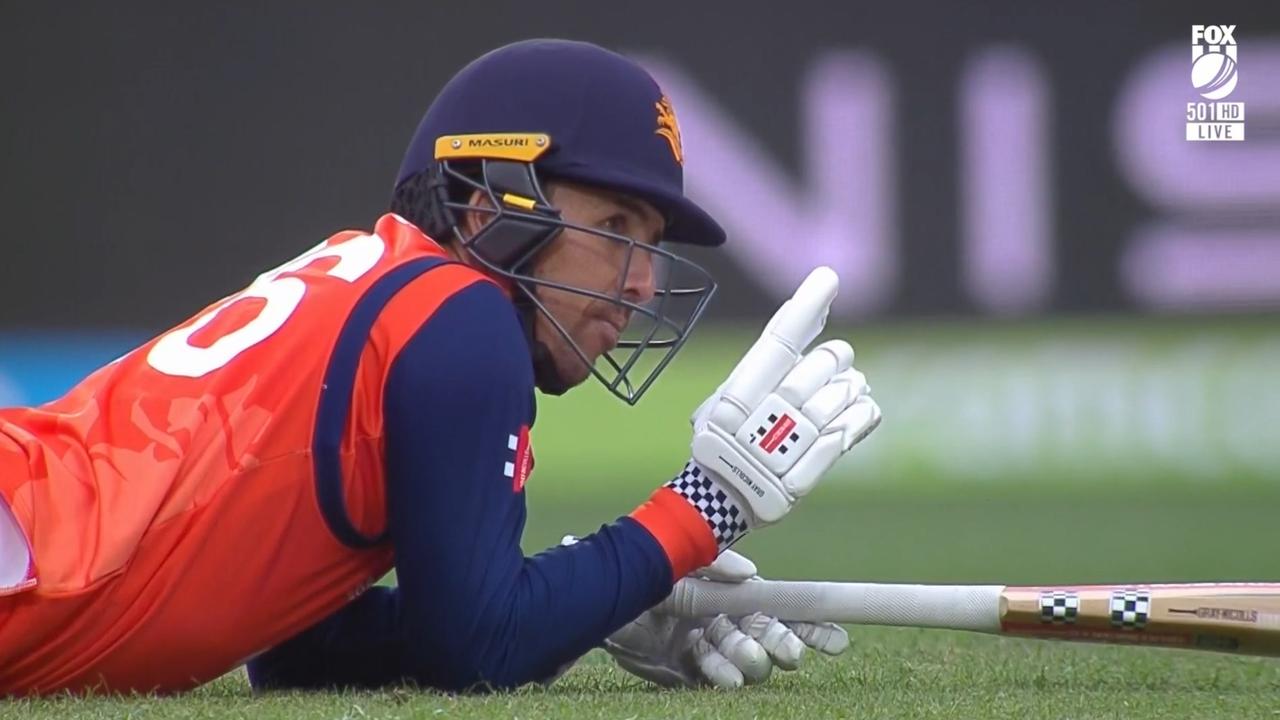Crashing spacecraft into asteroid shaped twin tails

[ad_1]
A couple of weeks in the past, NASA’s DART mission succeeded in altering the orbit of asteroid Dimorphos in an early take a look at of a possible planetary protection system. The DART spacecraft intentionally crashed into the asteroid, and the collision was noticed by telescopes world wide, together with the James Webb and Hubble area telescopes. Now, follow-up observations from Hubble reveal a stunning discovery: the asteroid now has a second tail.
Such tails are extra usually related to comets (made up of ice and mud) than asteroids (principally product of rock). As a result of comets usually transfer across the solar in elliptical orbits, they get nearer to the solar at some occasions than others. As a comet approaches the solar, it heats up and produces mud and fuel that kind a particular tail. Within the case of the asteroid Dimorphos, the tail consists of fabric thrown up by the impression of the DART known as ejecta.

The primary tail from Dimorphos was noticed a number of days after the preliminary impression on September 26 as a result of particles left behind by the asteroid. However as Hubble continued to look at the asteroid with a sequence of 18 observations, the researchers noticed a second tail kind between October 2 and October 8.
“Repeated observations from Hubble over the previous few weeks have allowed scientists to current a extra full image of how the system’s particles cloud has developed,” the Hubble scientists wrote. time”. “Observations present that ejected matter, or ‘ejecta,’ has expanded and dimmed in luminosity over time after impression, largely as anticipated. The double tail is an sudden growth, though related habits is usually seen in energetic comets and asteroids. Hubble observations present the highest quality picture of the double tail up to now. “
As that is the primary time such a collision has been noticed, we nonetheless have rather a lot to study concerning the long-term results on the asteroid and its orbit. Researchers will proceed to assessment Hubble’s knowledge on the asteroid to collect extra details about it, and the European Area Company will launch its Hera mission in 2024 to go to the asteroid system. and see the impression of the collision up shut.
Editor’s Recommendations
[ad_2]





